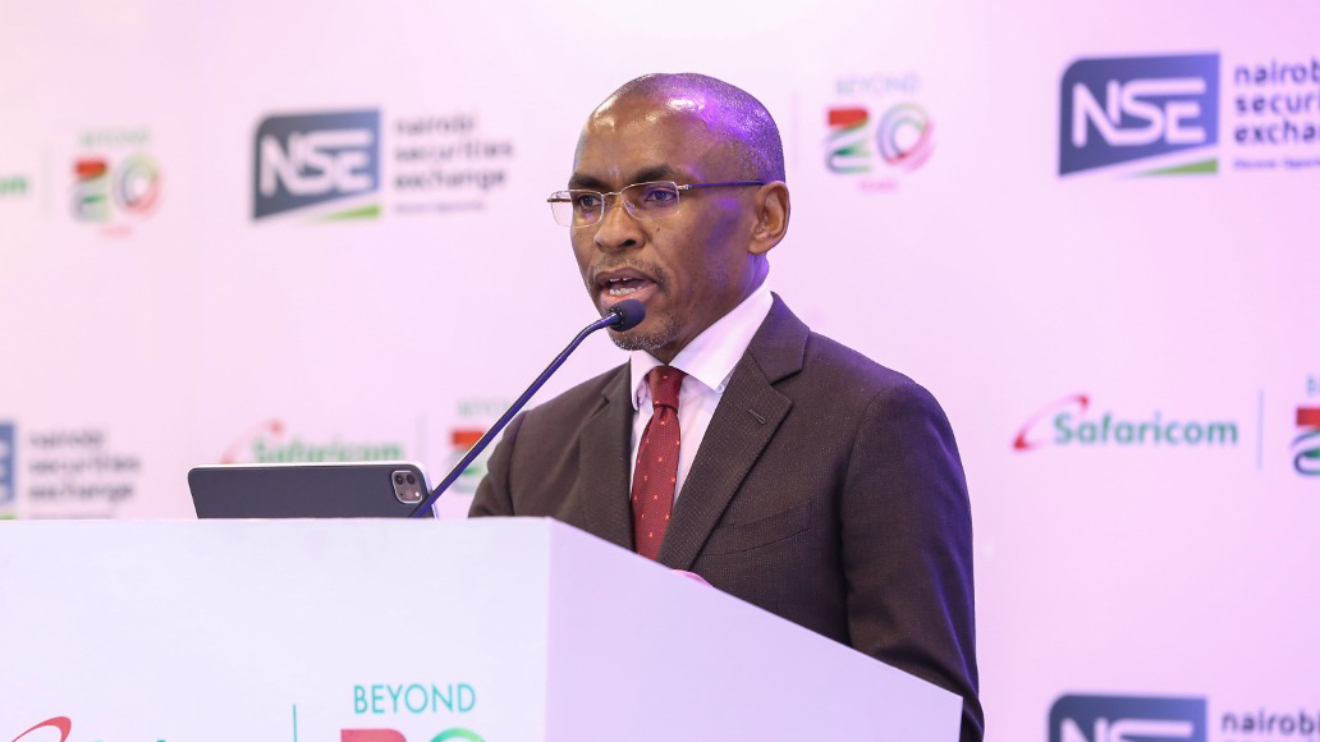As the death toll from the El-Nino-induced extreme weather conditions reached 78, President William Ruto belatedly convened an Emergency Session of Cabinet to outline a comprehensive response to the escalating crisis.
The impact of above-normal short rains, categorized by the Meteorological Department as the El-Nino phenomenon, has led to widespread flooding, loss of lives, displacement of families, disease outbreaks, and destruction of infrastructure, prompting the urgent need for decisive action.
The Emergency Session, chaired by President William Ruto, acknowledged the severity of the situation, expressing condolences to the bereaved families and individuals adversely affected by the calamitous effects of the weather phenomenon.
The belated response has resulted in the Cabinet sanctioning various policy and administrative interventions to augment ongoing State mitigation and response efforts implemented by the National and County Governments.
Despite the tardiness of the response, the additional policy and administrative interventions aim to bolster national resilience and preparedness for future weather and climate-driven disasters.
Read More
In a preliminary assessment, the meeting noted that 38 out of the nation's 47 counties are in the Alarm Stage, marked by flash floods, general flooding in low-lying plains, rivers bursting their banks, landslides, mudslides, loss of livestock, and destruction of farmland and infrastructure.
With regret, Cabinet disclosed that the death toll has risen to 78, and 35,000 households have been displaced, with the most severely affected areas concentrated in the North-Eastern, Eastern, and Coastal regions.
The government has allocated Sh7 billion, appropriated by Parliament under the Contingencies Fund, to address the crisis.
These funds will be used for humanitarian response, including the distribution and supply of medical commodities, food and non-food items, rehabilitation of infrastructure, and resettlement of displaced families.
The State's intervention, albeit belated, is a joint effort between the National and County Governments, Kenya Defence Forces (KDF), National Youth Service (NYS), and the Kenya Red Cross Society.
Medical supplies have been airlifted to vulnerable counties using aircraft made available by the KDF.
Critical infrastructure repairs have been implemented, and ongoing works are scheduled for completion by November 28, 2023.
These include repairs at Maalmim and Togbub on the Nuno-Modogashe Road, and Kotulo in Mandera on the Wajir-Mandera Road.
To fortify the national response, Cabinet sanctioned additional interventions, including scaling up humanitarian assistance to reach more than 50,000 households in Arid and Semi-Arid Land (ASAL) counties, disbursing Sh10 billion to County Governments, and directing the enhanced deployment of KDF and public civilian aircraft for targeted distributions.
A Whole-of-Government Approach, coordinated through the National Disaster Operations Center, will ensure efficient resource deployment and enhanced communication among relevant government agencies and humanitarian organizations.
An ad hoc Cabinet Committee on Disaster Response, under the leadership of the Deputy President, has been established to oversee the coordinated State response.
The government urges Kenyans to prioritize safety, exercise patience and caution during travel, report incidents of flooding or landslides to authorities, and strictly adhere to guidelines issued by the government.
The National Disaster Operations Center will provide regular updates on relief efforts, working closely with the media to disseminate accurate and timely information to the public.
In conclusion, as the State endeavours to grapple with the consequences of a delayed response, the collective responsibility of citizens remains paramount in navigating through and recovering from this crisis.

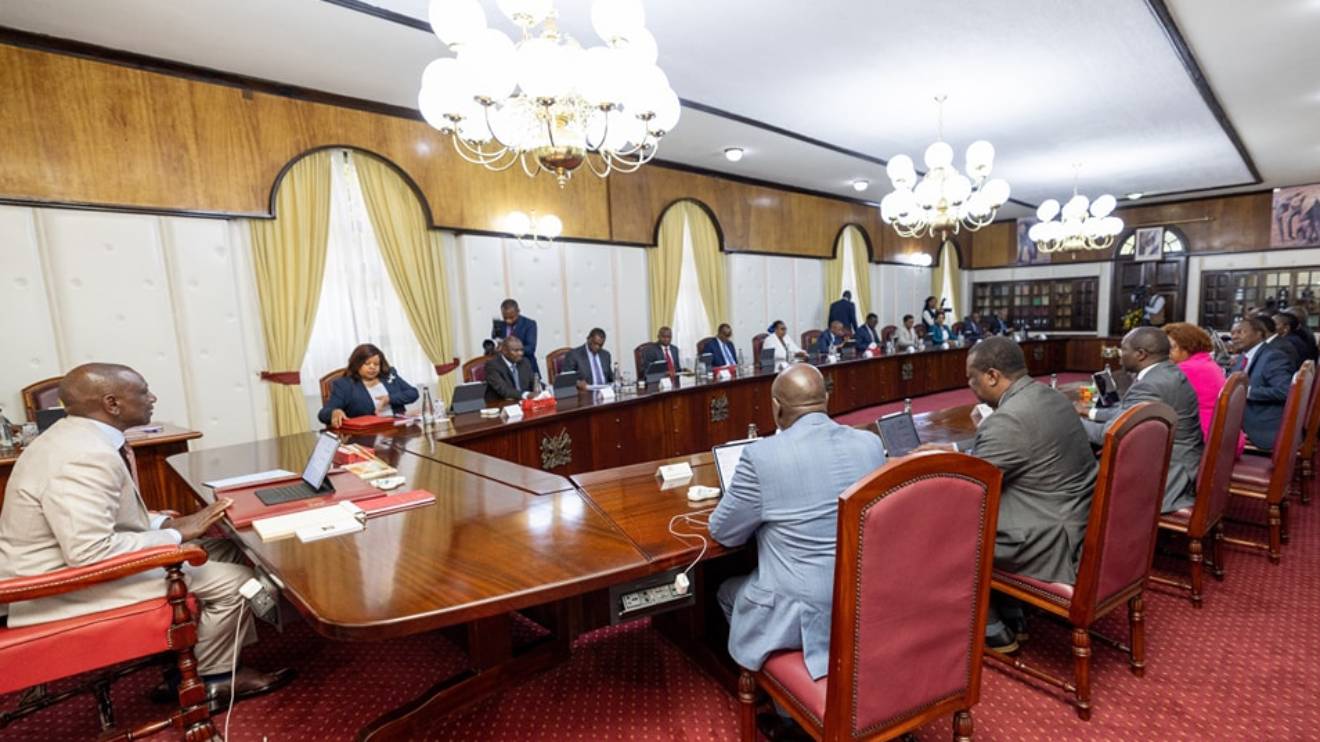

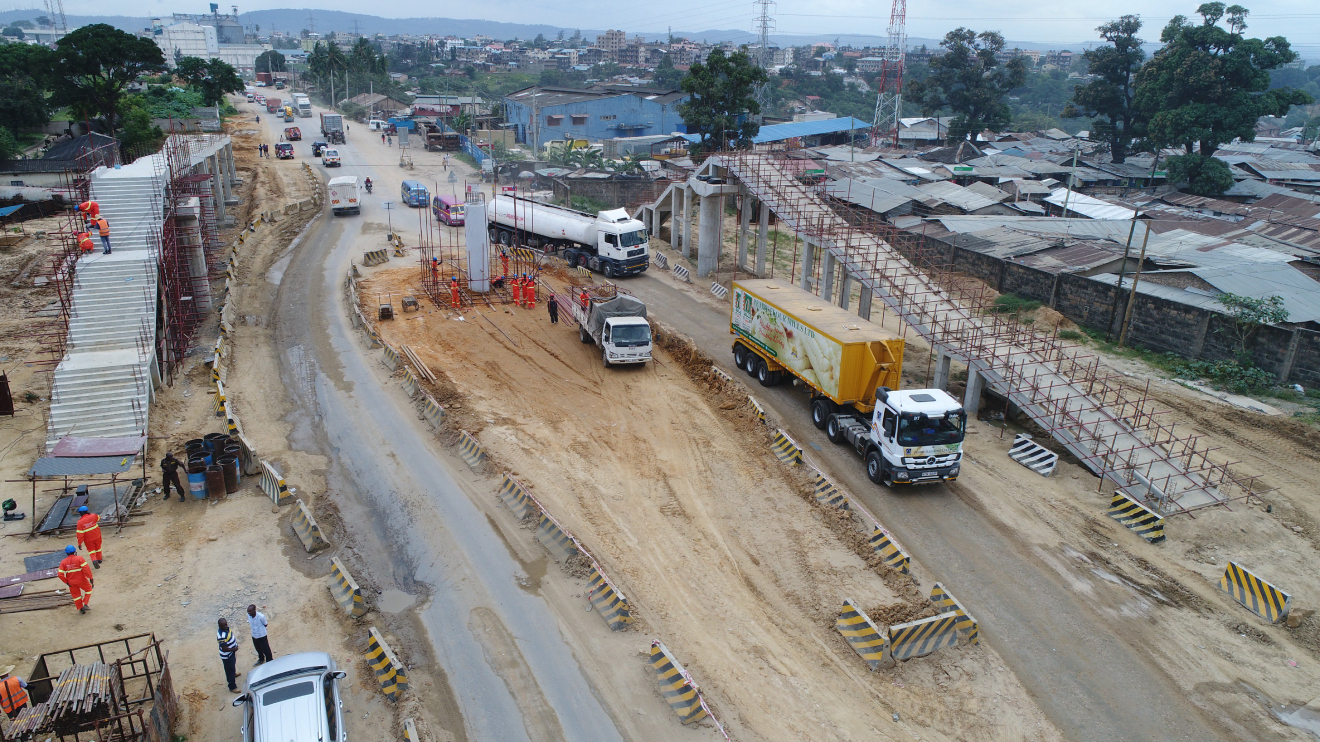
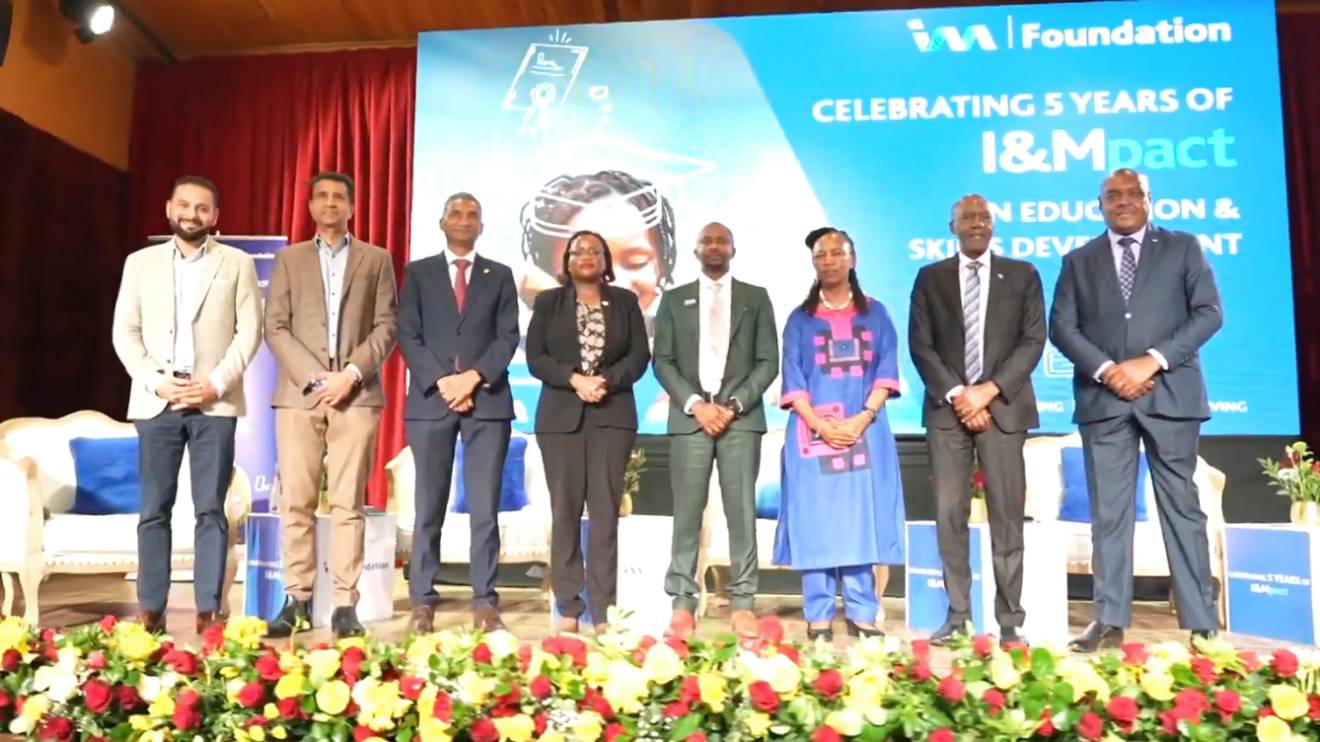
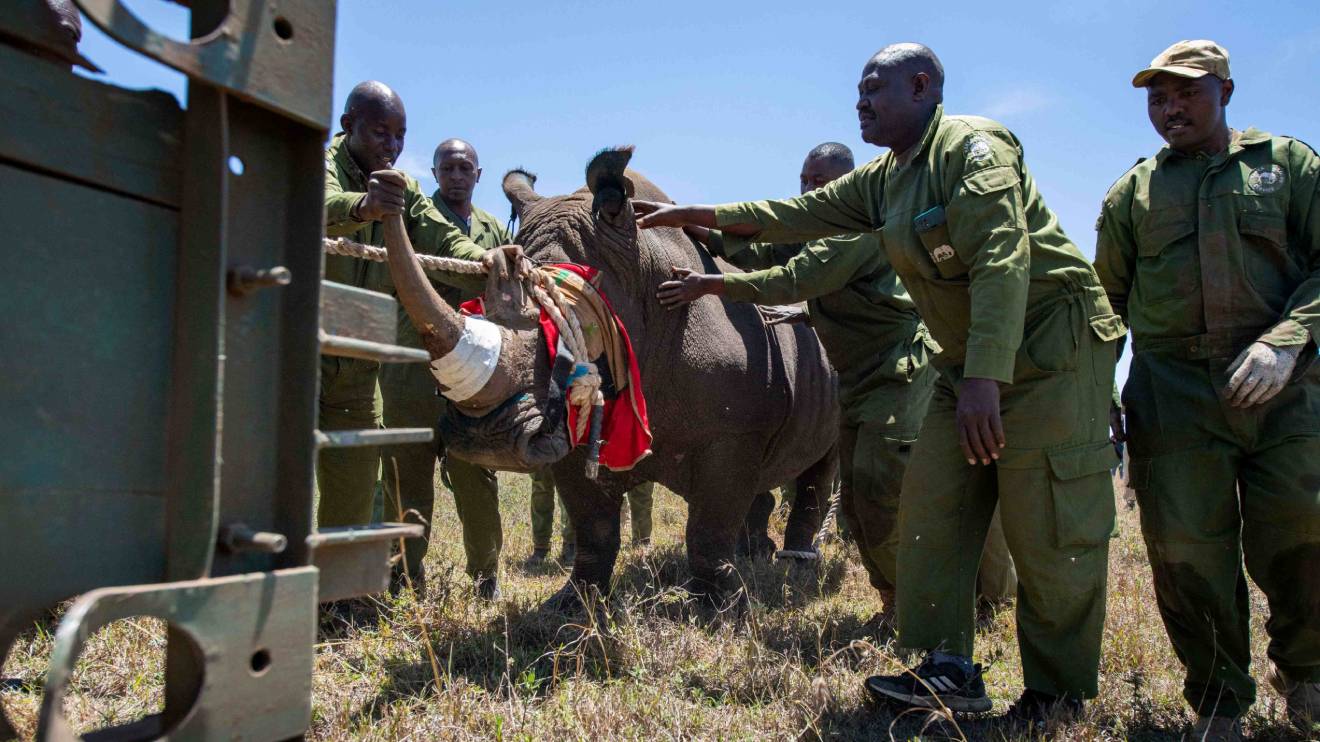
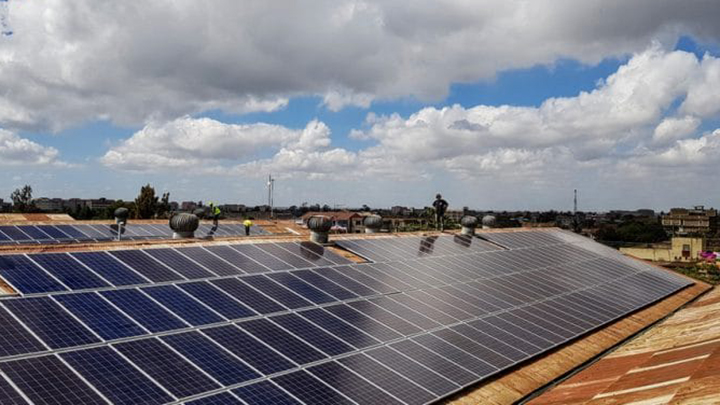
-1756319289.jpg)
-1757101509.jpg)
